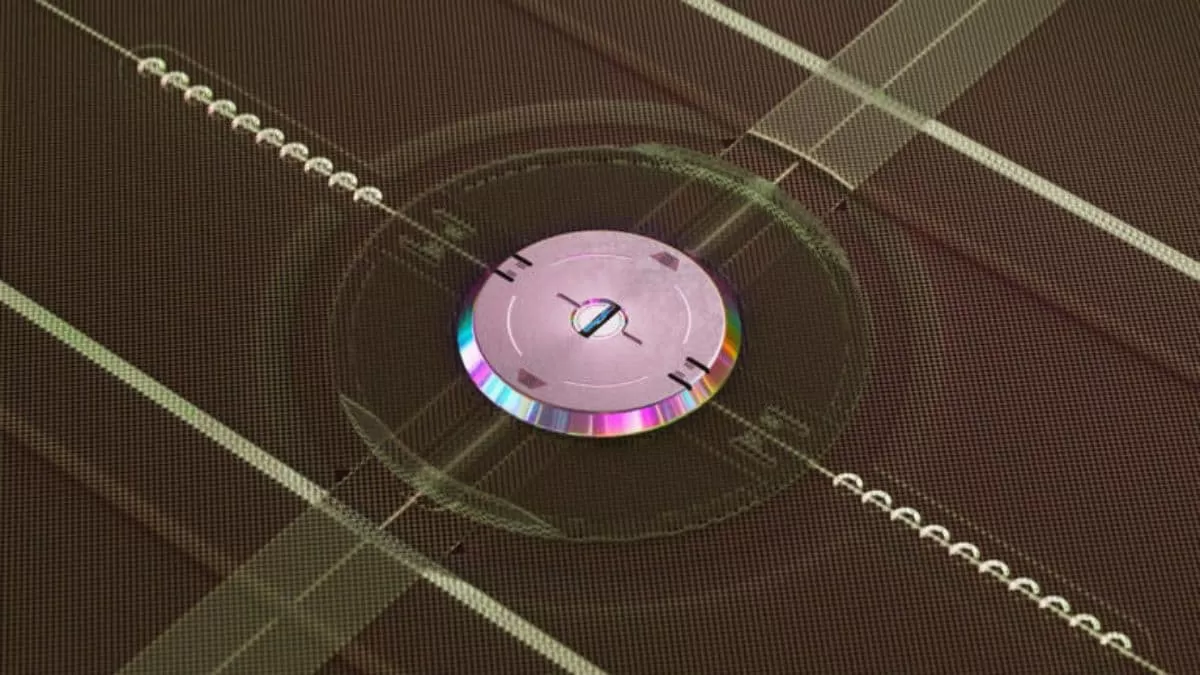Scientists in Japan have made a groundbreaking discovery in the field of computing. They have developed a new type of “universal memory” that has the potential to revolutionize the way we use technology. This improved MRAM (Magnetoresistive Random Access Memory) technology has overcome previous energy limitations and has the ability to significantly enhance data processing speed while reducing power consumption. This development has the potential to pave the way for more efficient and powerful computing devices in the future.
MRAM is a type of non-volatile memory that stores data by using magnetic elements. It has been gaining popularity in recent years due to its fast read and write speeds, low power consumption, and high durability. However, one of the major challenges in MRAM technology has been its energy limitations. This is where the Japanese scientists have made a breakthrough.
The team of researchers from the Tokyo Institute of Technology and Tohoku University have developed a new type of MRAM that uses a multiferroic heterostructure with a vanadium layer for stability. This innovative approach has allowed them to overcome the energy limitations of traditional MRAM technology. The multiferroic heterostructure is a material that exhibits both ferroelectric and ferromagnetic properties, making it ideal for use in MRAM.
The addition of a vanadium layer has further enhanced the stability of the multiferroic heterostructure, making it more suitable for practical use. This has resulted in a significant improvement in the performance of MRAM. The new MRAM technology has shown a 1000 times reduction in energy consumption compared to traditional MRAM, while also achieving a 10 times increase in data writing speed.
This development has the potential to bring about a major shift in the computing industry. With the increasing demand for faster and more efficient devices, the new MRAM technology could be the answer to our needs. It has the potential to replace traditional memory technologies such as DRAM and NAND flash, which are currently used in most electronic devices.
One of the key advantages of this new MRAM technology is its ability to retain data even when the power is turned off. This makes it a non-volatile memory, which is crucial for applications that require instant access to data, such as in smartphones, laptops, and servers. The faster data processing speed and lower power consumption will also result in longer battery life for these devices.
Moreover, the new MRAM technology could also have a significant impact on the Internet of Things (IoT) industry. With the increasing number of connected devices, there is a growing need for low-power and high-speed memory solutions. The new MRAM technology could provide a more efficient and reliable option for IoT devices, leading to a more connected and smarter world.
The potential applications of this new MRAM technology are not limited to just computing devices. It could also have a significant impact on other industries such as healthcare, transportation, and aerospace. For example, in the healthcare industry, the faster data processing speed and lower power consumption could lead to more accurate and timely diagnoses, while in the transportation industry, it could improve the performance of autonomous vehicles.
The development of this new MRAM technology is a significant achievement for the scientific community in Japan. It is a testament to their dedication and expertise in the field of materials science and technology. This breakthrough has the potential to put Japan at the forefront of the global technology race and could lead to further advancements in the field.
In conclusion, the new MRAM technology developed by scientists in Japan has the potential to revolutionize the computing industry. Its ability to overcome previous energy limitations and significantly improve data processing speed while reducing power consumption makes it a game-changer. This development could lead to more efficient and powerful computing devices, as well as have a significant impact on other industries. The future looks bright with this new “universal memory” technology, and we can’t wait to see where it takes us.

